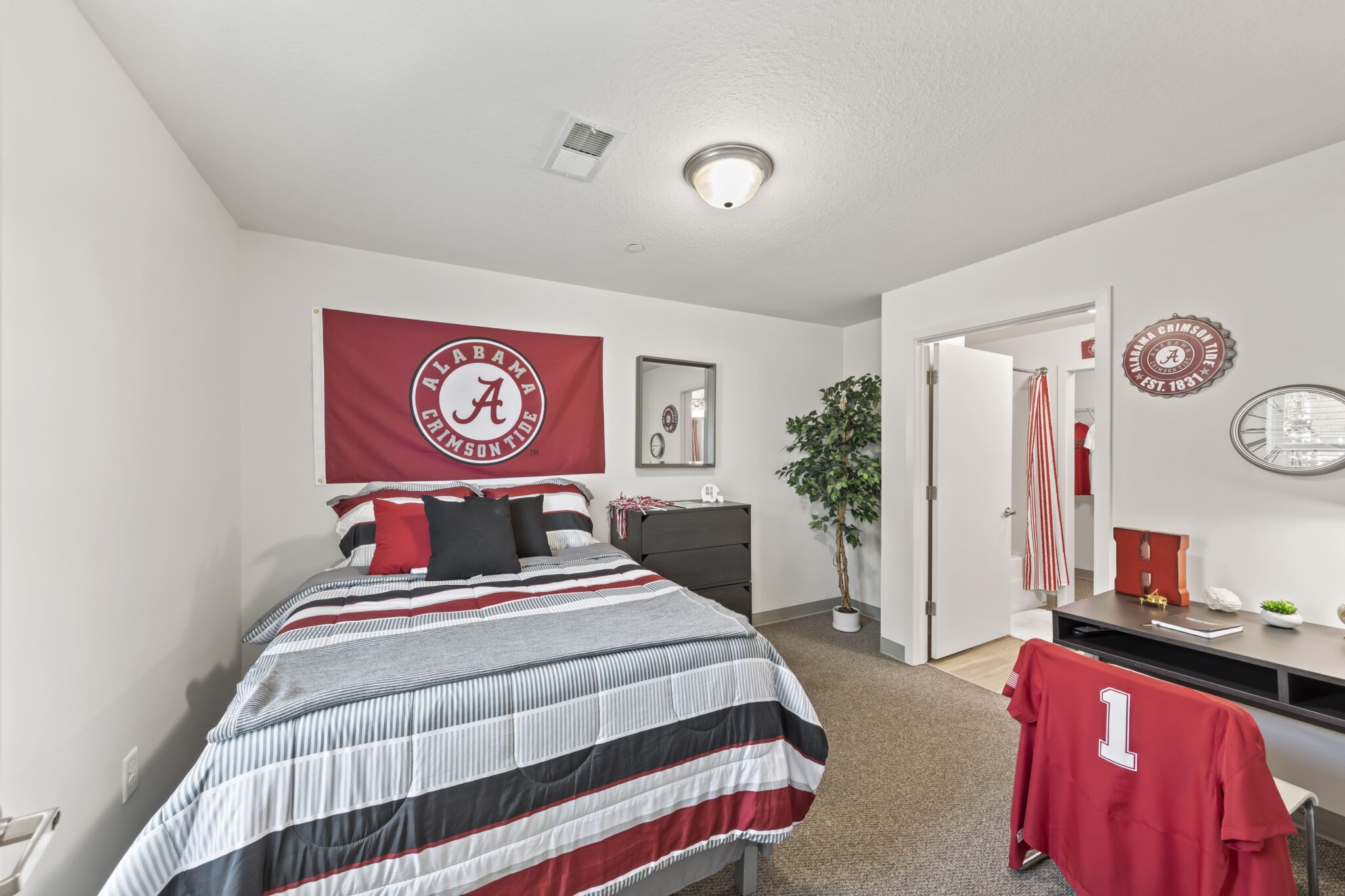Introduction:
Technology has drastically changed several businesses recently, and the real estate industry is no exception. Drones have changed the game in Residential Real Estate Photography, providing fresh viewpoints and boosting property marketing. This essay delves into the intriguing world of drones and examines their value in contemporary real estate photography.
Unmanned aerial vehicles (UAVs), commonly called drones, are remote-controlled aircraft fitted with cameras and sensors. These adaptable tools were first created for military use, but they have subsequently found use in civil contexts, such as aerial photography and videography. Thanks to their small size, agility, and high-definition cameras, they have become essential instruments in the real estate sector.
Enhanced Aerial View:
Capturing breathtaking aerial views of properties is one of the main advantages of using drones in real estate photography. Previously, renting an expensive aircraft or using high buildings was required to capture these photographs. Real estate salespeople can now easily exhibit property and its environs from unusual angles thanks to drone technology, providing potential purchasers with a full picture of the entire estate.
Drones are essential for showcasing many aspects of a home, including expansive gardens, swimming pools, and exquisite architectural elements. The layout of the property and its accessibility to local facilities are better-understood thanks to these aerial photos, which entice prospective buyers to see the property in person.
Marketing and virtual tours considerably improve when drone-captured images are included in real estate listings. Aerial photography and videography of the highest caliber produce aesthetically appealing material that attracts potential customers. Additionally, drone-assisted virtual tours enable prospective purchasers to view a property from a distance, saving buyers and sellers time and money.
Accurate Assessments:
Drones with cutting-edge sensors can produce exact 3D maps and measurements of properties. These metrics enable real estate appraisers to correctly assess properties and assist prospective buyers in making judgments based on factual information.
Cost-Effective Alternative:
Drones are a good alternative for Real Estate Photography. Especially for large properties, traditional photography techniques employing professionals can be pricey. Drone use reduces the need for manned planes or helicopters, saving real estate professionals and property owners a lot of money.
While drones have many benefits, several legal and ethical considerations must be considered when photographing residential real estate. Privacy issues and airspace restrictions must be considered to ensure appropriate and legal drone operations.
Conclusion:
As technology advances, drones have become essential instruments in the contemporary residential real estate sector. They are a crucial resource for real estate professionals because of their capacity to record spectacular aerial views, highlight property attributes, and offer affordable marketing options. Utilizing drone technology enables the sector to change and provide prospective purchasers with an engaging and immersive experience while viewing their ideal properties.

